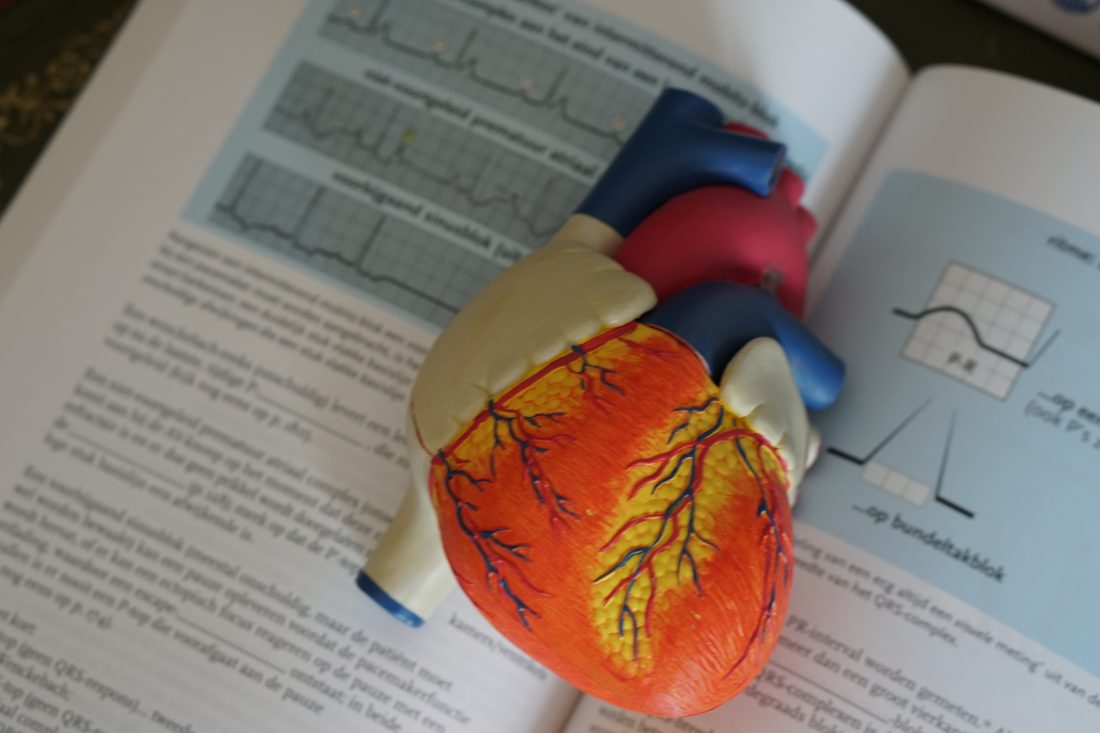The agony of back pain is experienced by many, and understanding what can be done to relieve and prevent this condition is essential.
The second most common reason for the need for physio support is back pain. Four out of five Britons experience it at least once and is the most common reason people miss work. It’s important to understand what could be causing back pain. Unfortunately, many people go without explanation as to why they are experiencing this unrelenting pain.
Most Common Causes of Back Pain
The most common causes of back pain are strains, structural problems, and rare conditions. A strain occurs when the muscles and ligaments are strained from a sudden movement or improper lifting of a heavy item. A muscle spasm then occurs, causing back pain.
Structural problems occur from injuries, accidents, or hereditary factors. The structural problems of the spine causing back pain include the following:
- Ruptured (herniated) or bulging discs – The soft material of the disc in between the vertebrae of the spine bulges out or ruptures.
- Sciatica – A shooting pain down the leg resulting from the bulging or ruptured disc.
- Arthritis – In osteoarthritis, the lower back is affected. Arthritis in the spine leads to spinal stenosis, which is narrowing of the spaces around the spinal cord.
- Skeletal irregularities – The natural curves of your spine may be abnormal, which results in back pain. A common skeletal irregularity is scoliosis of the spine.
- Osteoporosis – The bones become porous and brittle, leading to compression fractures of the vertebra.
There are rare and serious health conditions that can cause back pain. The following list are rare cases and are causes of severe back pain:
- Infection of the spine
- Cancer of the spine
- Cauda Equina Syndrome
- Risk Factors for Back Pain
There are certain risk factors that increase your risk for back pain. Many of these risk factors can be controlled, while others are just a fact of life. The risk factors for back pain include:
- Obesity
- Depression causing physical symptoms
- Anxiety
- Stressful job
- Sedentary work or lifestyle
- Physically strenuous work involving constant lifting of heavy objects
- Being female
- Age
Tests Used to Diagnose Back Pain
Health care professionals usually perform a physical exam by testing reflexes and testing ability to sit, stand, lift legs, and walk. The physical exam helps to determine where the pain is coming from, rules out serious conditions, and checks for muscle spasms. The following diagnostic tests may be performed to figure out what specific condition is causing the back pain:
- X-ray
- Magnetic Resonance Imaging (MRI) or Computerized Tomography (CT)
- Bone Scan
- Nerve Studies (EMG)
Treatment and Prevention Methods for Back Pain
The most common treatment for back pain includes rest on a suitable type of mattress, such as an orthopaedic bed, which you can find for a decent price online. Your doctor will probably also prescribe a regular schedule of over-the-counter pain medication such as ibuprofen, aspirin, or paracetamol. If this does not work, a doctor may prescribe stronger medication and specific therapies. The therapies approved for back pain include:
Physical Therapy – A therapist can provide relief by using heat, ice, ultrasound, and muscle release techniques.
Injections – An injection of cortisone around the spinal cord may provide relief for up to six weeks.
Surgery – Used for back pain caused by a ruptured or herniated disc.
Prevention can help one to avoid back pain. There are several things that can be done to lessen the chance of developing and experiencing back pain:
- Keep a healthy weight
- Quit smoking
- Build muscle and increase flexibility in your core muscles.
- Exercise
- Use good body mechanics
- Check your mattress for proper back support
Alternative Treatment for Back Pain
There are alternative choices to treat back pain that include chiropractic care, acupuncture, and massage. Chiropractors use spinal manipulation or adjustments to your spine to help relieve pain over time. Acupuncture is the use of sterilized stainless-steel needles placed into the skin at specific points on the body, and it has been known to relieve chronic pain. Massage helps with relaxation and works out muscles to relieve their tension when they are overworked.
Seeking Immediate Medical Attention for Back Pain
It is common for back pain to subside after 72 hours of rest and self-care. The following list includes warning signs and symptoms. If any are experienced, seek medical attention immediately.
- Intense back pain at night when you lie down
- Back pain that spreads down either one or both legs and goes beyond the knee
- Weakness, numbness, or tingling in either one or both legs along with back pain
- New bladder or bowel problems accompanied by the back pain
- Back pain that includes pain or throbbing sensation in the stomach and with fever
- Back pain that results after a fall or injury
- Unexplained weight loss along with the pain
Prevention is the key to decreasing the chances of developing back pain. If the back pain is the result of an injury or accident, it is recommended to seek medical attention for proper treatment. Also, talk to your healthcare provider before starting any exercise program for back pain. Your healthcare provider can help find a treatment plan right for you.


